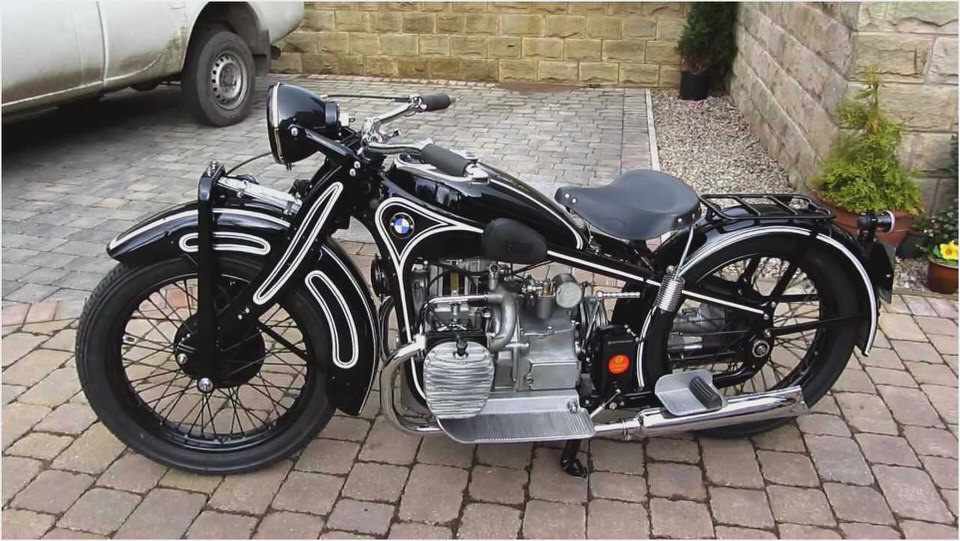
One person disassembly of the BMW motorcycle front shock for Earles forks.
If only one person is available to disassemble the shock, here is how to do it. This can be done without damaging the paint.
Put the shock bottom in a vise with cloth to protect the metal. Push the bottom of the upper shock cover to one side to make a small gap at the top. Use a small flat blade screwdriver to get in the gap. I usually use a screwdriver that I have rounded off the sharp edges to keep from scratching the parts.
Sometimes I wrapped it in tape. Sorry, but the only shocks I currently have to photograph are these old ugly ones. Don’t despair, they can be cleaned up to look very good.
Now, lever the cover down to get two larger flat blade screwdrivers in, one on each side. Protect the paint.
Turn them so that they are edgewise and hold the can as far down as possible. The paint is not worth protecting on this shock. You may need to change screwdrivers or use pieces or wood to hold the can down.
The idea is to put larger and larger pieces in to hold the cover down more and more.
This should give you access to the 2 or 3 round rubber donuts, just under the top piece and on the round shaft. Move the rubber bumpers down to get access to the round shaft. That will expose the two flat places milled on the shaft for a 9 mm open end wrench. Use a 9 mm open end wrench on the flats and a round Tommy bar in the hole of the top piece. Wrap tape around the wrench to protect the paint.
The wrench will hold the spring compressed and the tools can be removed.
You may be able to now turn the top piece off, but probably not. Use a propane torch to heat it up. No matter how you compress the spring, you may need heat to get the top casting off.
Avoid burning the rubber in the top bushing. Get the temperature up to water boiling (read; sizzle spit) and that should be enough to turn the top off. Let it cool gradually. With one hand holding the cover down, carefully remove the 9 mm wrench with the other.
Remove the cover and spring.
Two person disassembly
Put the shock upright in a vise and tighten it on the bottom (eye) mounting part. Grab the can, or shock cover, with both hands and pull down against the spring. It must be pulled down about 1, Have your helper use a screwdriver to slide the rubber donuts down 1/2, to expose the shaft. Now slip a 9 mm open end wrench onto the two flats that are on the shaft. With the wrench on the flats, the can no longer needs to be held.
The wrench will hold the can down and therefore the compressed spring. Put a round (tommy) bar in the top (eye) mounting hole and unscrew the top. The aluminum top will usually need some heat to free it up.
Testing the Boge hydraulic unit
With the top off, compress the can, remove the wrench and the carefully release pressure on the spring. Remove the spring. Screw the top back onto the shaft a bit, as this gives you a place to grab. Slowly move the shaft up and down several times. If you feel any free places, then it is bad.
The pressure required to go one way isn’t the same as the other way. It should go in easily and come out much harder. For this test it must be vertical, which is the normal operating position.
To remove the hydraulic unit, (/2) I use a strap wrench. It won’t crush the unit. If it is to be replaced anyway then a pipe wrench may be used.
Heat may be needed, but only on the aluminum casting, not the steel hydraulic unit.
Your first one may be a struggle, but all of the rest of them will be easy. The /6’s are much harder to remove, due to a change in the top piece. The spring must be compressed much more.
It takes two persons for sure.
I highly recommend inspecting the holes in the covers where they barely slip over the castings. You really need to remove any burrs. Make sure that they slip on and off easily.
This will make it easier to assemble.
To reassemble, one must use heat on the /2 aluminum parts or they will later unscrew. The /5 needs some serious torque or use Locktite (glue) as it can unscrew too.
Upon reassembly, inspect the place where the top and bottom covers telescope together. If they aren’t aligned properly, They will rub together and self destruct. See photo.
See the large gap on the left side and almost nothing on the right side? If they are not equalized, you run a good chance of them rubbing against each other. I have seen them wear completely through the metal.
The same thing applies to the rear of the /2.
Occasionally I have been able to rotate the cover and fix the gap error. Usually this doesn’t work and it must be shimmed.
This paragraph applies to the photo above. With your thumb on the lower left side, push over towards the right side. In the crack created, up at the top, where you first inserted the small screwdriver, Now insert a shim. I have used a variety of materials, but found that old playing cards work well. They don’t compress or decompose with time.
Cut as needed to make them invisible. Use the thickness that gives you equal space all of the way around.
The rubber mounting bushings can be easily changed if needed. They are usually good for a long time. The ones shown are in poor condition, but will work. If no press is available, use sockets and a vise.
One socket slightly smaller than the bushing to do the pushing and another socket with an inside that is larger than the OD of the bushing. I guess one could hammer them in and out, but that is crude.
I have seen 2 and 3 rubber bumpers. They are the rubber donut pieces on the shaft of the hydraulic unit. They serve as a limit to the compression end of travel of the front end.
Some bikes have 2 on one shock and 3 on the other. It could be some kind of progressive stopping thing. I have never had to replace them because they wore out.
Removing the /2 BMW motorcycle rear shocks
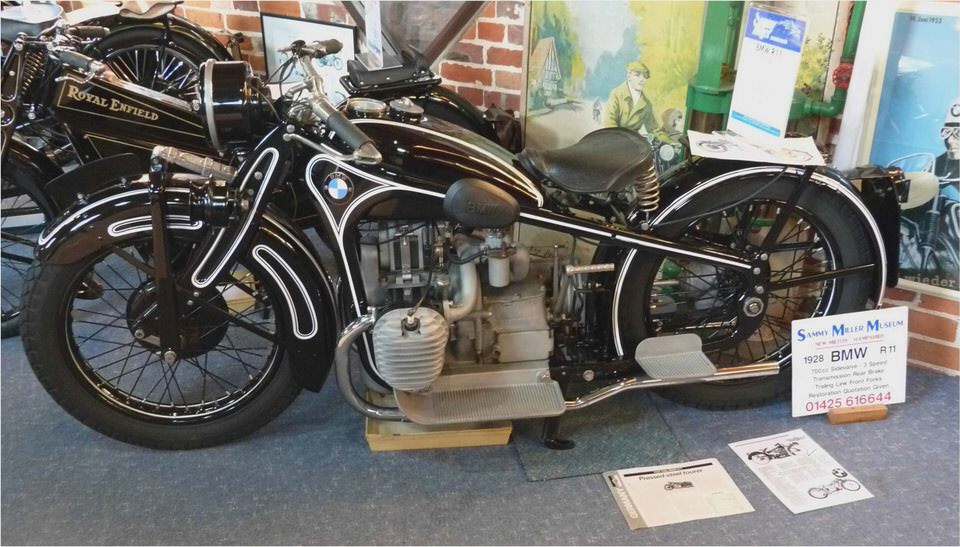
The rear shocks have an polished aluminum cover at the top. The cap is cosmetic and also keeps rain from rusting the rod and nut at the shock top. Sometimes the cap can be hard to remove.
The stock toolkit has a spanner wrench (American lingo) that fits into any of the 4 holes and turns the cap.
An original spanner from the tool kit.
This is just a leftover tool and not what I used. This tool also removes the exhaust nut. It has the wrong radius for the rear shock cap. See the two pins in the middle of the curve? They are for adjusting the rear swing arm preload.
I would grind that part of the curve deeper to reduce the radius. Then it fits the cap.
The cap often gets stuck to the hydraulic unit rod. It will just turn and turn. At the first sign of spinning, stop. You will only make it worse. The most common solution is to apply heat to the top of the cap.
Heat it in the top center with a propane gas type torch. Use the spanner and hit it sharply with a steel hammer. That should pop it loose.
You may have to try more heat, probably well above the boiling temperature of boiling water. Don’t use a rubber or plastic mallet. You want as much of a shock as possible.
If heat fails, you may have to damage or destroy the cap. Drill a small hole down into the center. That allows you access to the top of the threads.
If the frame is bare, then it is easy to also turn it upside down and soak from the bottom too. Soak it well with your favorite penetrant for a few days. Now try the heat again. If that fails, then drill a hole that is large enough to get a slot screwdriver into. The top of the rod has a screwdriver slot in it.
This allows one to hold the rod while tightening the locking nut upon assembly. Use that slot to hold the rod from turning. Always use heat as needed.
In the worst case, you may need to cut the cap off. That is rarely needed. Once off, you can now polish it easily. It will go back on easily and work well.
The caps are available new from Mobile Traditions. The hole in the cap can be welded up to save it.
Feedback from Eric, I haven’t tried it, but it sounds great.
I thought I might share a recent episode with the group in case it might help a few here or there. I bought some shock covers to put on my coverless shocks and started the project last night. I have read Duane’s article on one person and two person disassembly and thought I’d have a go on the one person version.
Not being a big fan of torches (call me a wussie) I went to one of the guys out in the shop (I sell garbage trucks and we have a six bay garage here to service them) to see how we could take a little bitty 9mm wrench and get the top off the shock off. He said, heat it. After explaining my wussieness, he then handed me a 2 1/2 foot skinny steel pipe. Leverage, he said.
In the absence of a spring compressor, he also handed me a couple of nylon ties to feed through the spring and tighten them up a bit. Worked like a charm. I stuck the head of the shock in the vise and went to work.
The ties pulled the springs down about an inch and a half and I stuck the pipe over the 9mm wrench and. viola. the rod was loose in no time. This was by far the quickest job I’ve done on a motorcycle.
I’m sure this was thought of before, just thought I’d share my miniscule triumph.
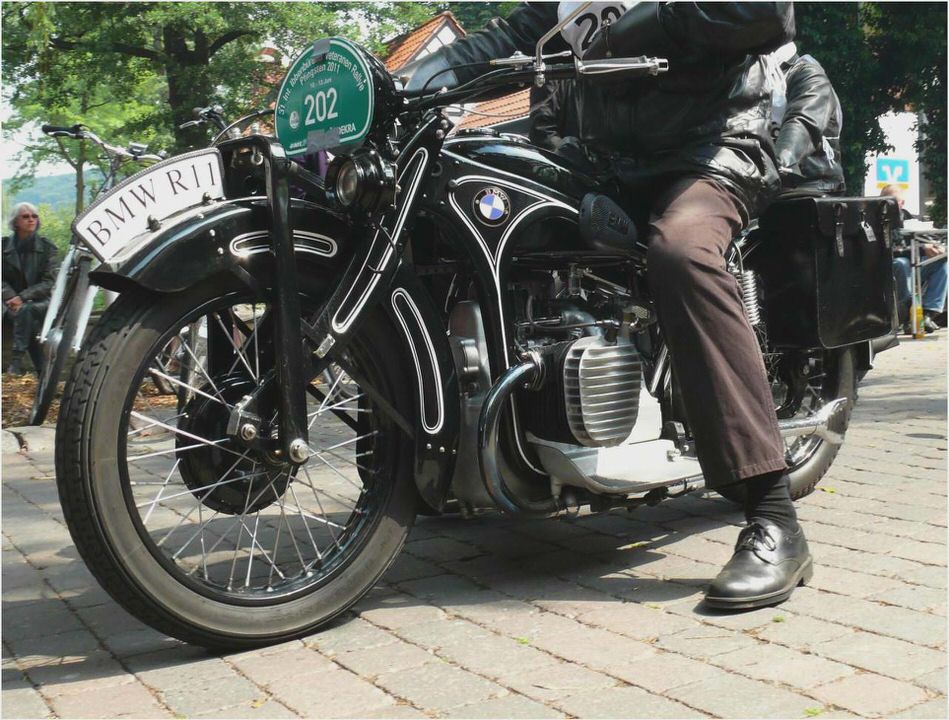
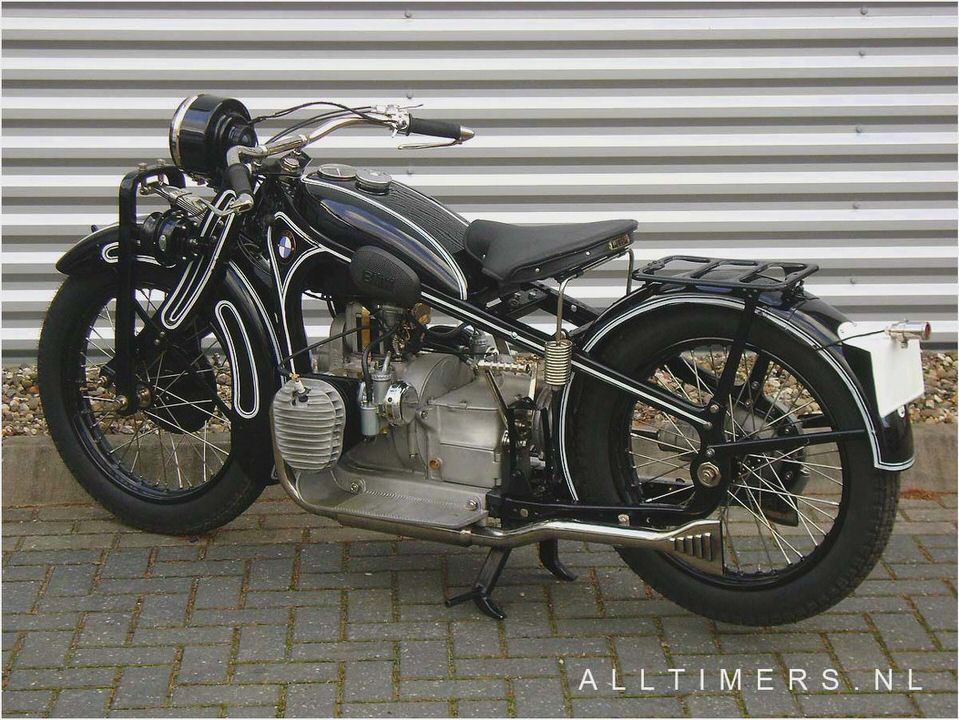
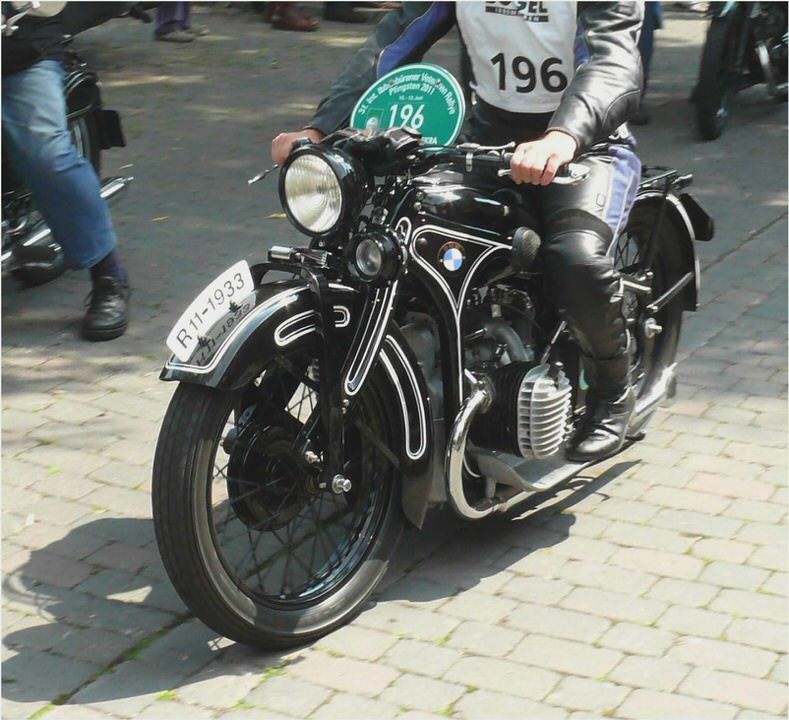
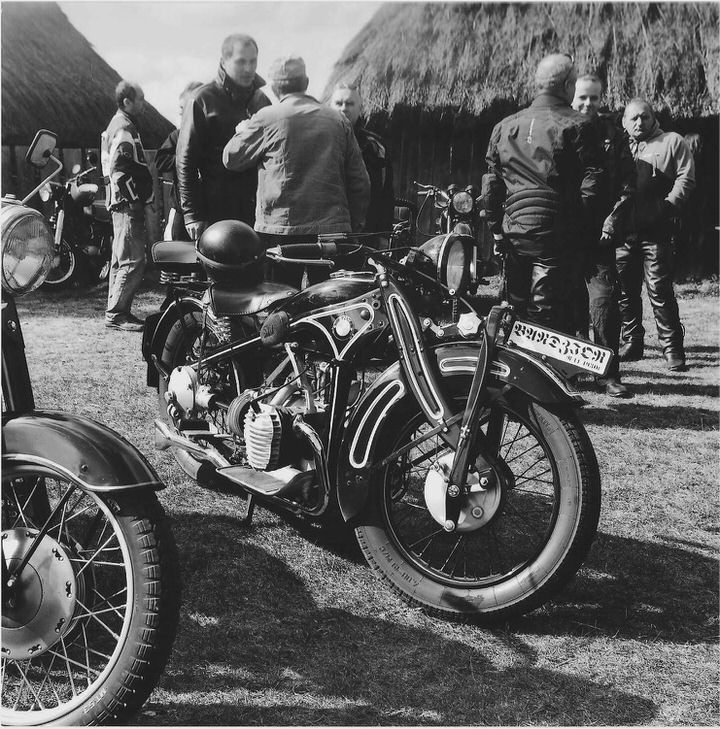
- Everspin`s Automotive-Temperature MRAM Meets Harsh Environment Demands…
- BMW Embraces The Garage ‘ But What Does This Mean? …
- 2008 BMW 1-series Convertible – First Drive Review – Car Reviews – Car…
- Bmw – Get the inside scoop on new cars: car reviews, car photos, test…
- The 2009 BMW F800ST: Beautiful Bike with Just the Right Name – Yahoo Voices…
